A good night’s sleep is essential for our overall well-being, allowing us to wake up refreshed and rejuvenated. However, for the millions of people worldwide who suffer from allergies, bedtime can often turn into a battleground of sneezing, itching and congestion. Allergens in our sleep environment can wreak havoc on our sleep quality, leaving us feeling groggy and fatigued throughout the day.
Fortunately, advancements in textile technology have given rise to a remarkable solution: anti-allergy bedding. In this article, we will delve into the world of anti-allergy bedding, exploring its benefits, materials used and how it can transform your sleep environment into a haven of allergy relief.
Allergies Affect More People Than You May Think
Reports have shown that over 100 million individuals in the US suffer from allergies every year. While most think of allergies as pesky irritants, they can be incredibly harmful to those who suffer from bad allergies. Allergies are now the sixth most common cause of chronic illness.
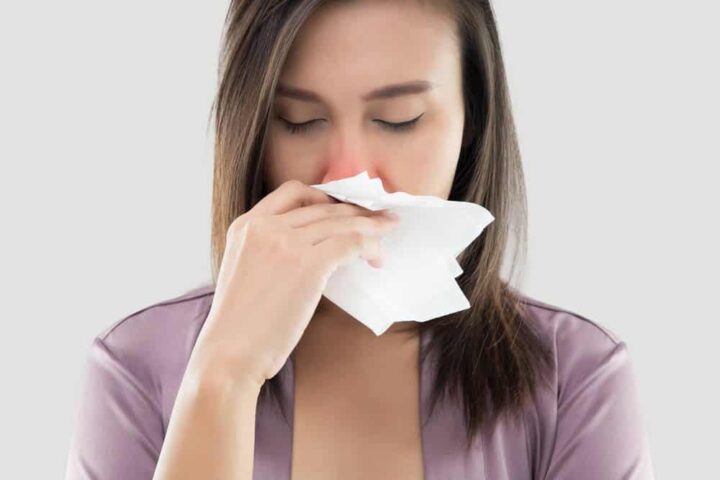
What Is Allergy-Proof Bedding and Does It Work?
Allergy-proof bedding is made with tightly woven fabrics that prevent allergens and dust from getting into your bedding. Humans are constantly shedding skin in their beds and carpets, which attracts dust mites that live off these particles.
Allergy-proof bedding aids in preventing this problem, but it is far from a foolproof solution. While some allergy sufferers swear by allergy-proof bedding, many experts believe it makes no difference at all. While the jury is still out on whether or not allergy-proof bedding is the way to go, it may be worth trying if you deal with particularly bad allergies.
What Bedding Materials Are Anti-Allergy?
When it comes to anti-allergy bedding, there are a couple of fabrics that are used to create tightly woven sheets.
Silk
Anti-allergy bedding is often made from silk, which feels incredibly luxurious. Apart from the comfort it provides, it is also hypoallergenic and temperature-regulating, which makes it extra appealing to those who suffer from allergies. If you haven’t tried silk bedding it might be time to adorn your bed with some of the best silk sheets.
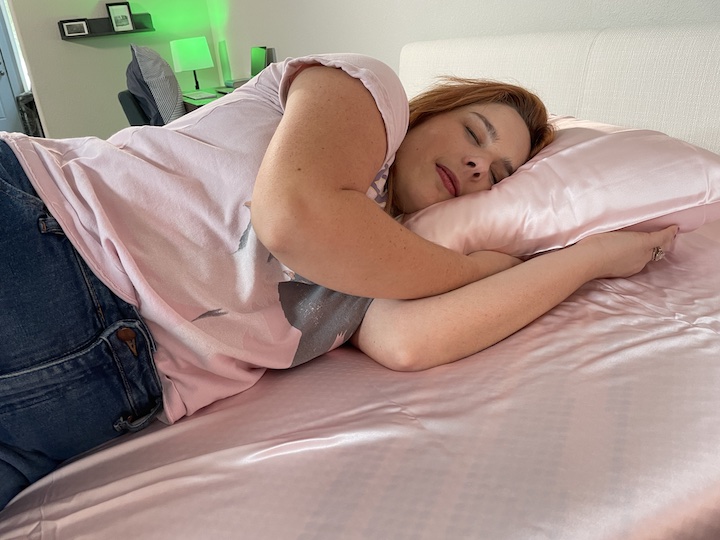
Bamboo
Bamboo bedding is known for its soft and silky texture. The best bamboo sheets also feel quite breathable, which helps regulate body temperature.
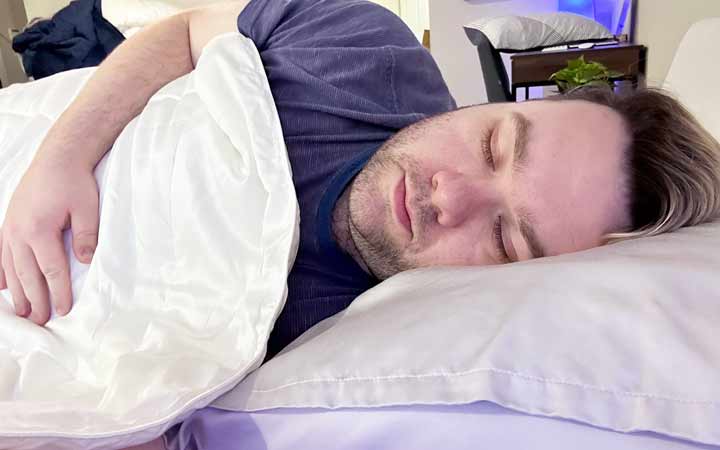
Cotton
Cotton sheets tend to get softer with every wash, becoming more comfortable over time. They are lightweight and cool-to-the-touch, making them a great option for anyone with sensitive skin.
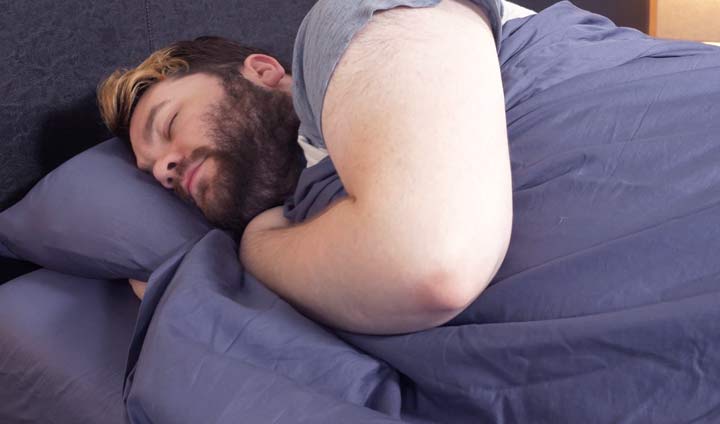
Different Types of Anti-Allergy Bedding
If you are trying out anti-allergy bedding, then it’s best to replace all your bedding so you can easily tell if anti-allergy bedding works for you.
Pillows
If you deal with allergies, you should consider getting a latex or down alternative pillow. Both of these materials are resistant to dust mites and mildew. Check out our list of the best latex pillows for some options.
Sheets
Anti-allergy sheets are generally made from organic cotton, silk or microfiber because they are tightly woven but still breathable. This means you can still keep cool at night and are more likely to be dust mite-free.
Duvets
Many of the top anti-allergy duvets are filled with wool. This is because it is antibacterial, and wool is naturally hostile to dust mites.
Toppers
Mattress toppers made from allergen-resistant materials like latex and memory foam help to keep dust mites and other allergens away from your mattress.
Key Features of Anti-Allergy Bedding
How does anti-allergy bedding differ from regular bedding? Let’s take a look:
Dust Mite Barrier
Your bedding should act as a dust mite barrier. This means it will be more difficult for them to come into direct contact with your skin.
The dust mite barrier should still be fairly breathable, allowing moisture to pass through it while still feeling cool.
Hypoallergenic Materials
Hypoallergenic materials are made without the use of harmful chemicals. These chemicals can cause skin reactions for anyone who has sensitive skin. If you are someone that struggles with allergies, it may be safer to stick to hypoallergenic bedding to prevent allergic reactions.
Learn More: Best Hypoallergenic Mattress
Easy Maintenance
Because anti-allergy bedding is predominantly made from synthetic fibers, it is easier to wash. That said, it’s important to ensure you are washing your bedding on a regular basis to ensure it remains allergen-free and clean.
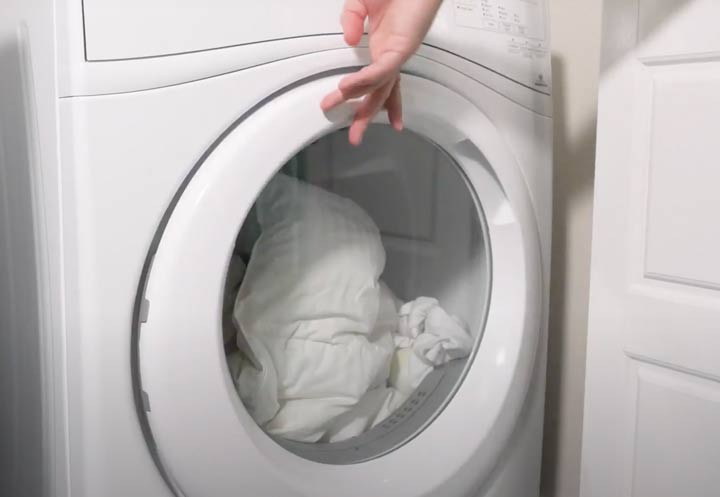
Final Thoughts
By creating a barrier against allergens and promoting a cleaner, healthier sleep environment, anti-allergy bedding can help alleviate symptoms, allowing you to wake up refreshed and ready to face the day.
FAQs
What is allergy-proof bedding?
Allergy-proof bedding refers to bedding made from tightly woven fabrics that act as a barrier for allergens, dust and dust mites. They are a preventative measure, so they will certainly not solve all of your allergy-related problems.
Is anti-allergy the same as hypoallergenic?
No, hypoallergenic refers to fabrics that are made without the use of harmful chemicals that could cause an allergic reaction. Anti-allergy bedding is made from tightly woven fabrics that help prevent allergens from building up in your bed.
How often should I wash my bedding to keep it allergy free?
It’s recommended that you wash your bedding at least once a week to prevent allergens and dust from building up within your bed.

